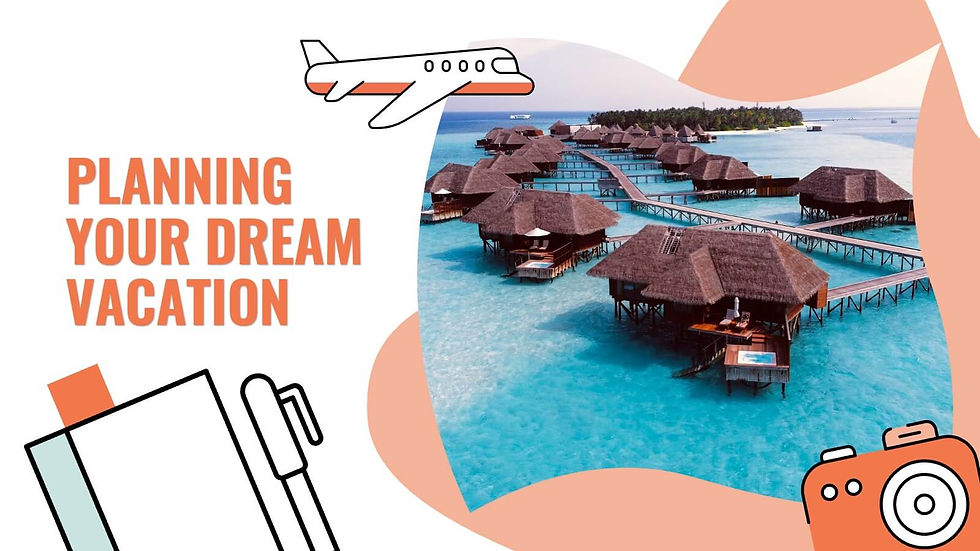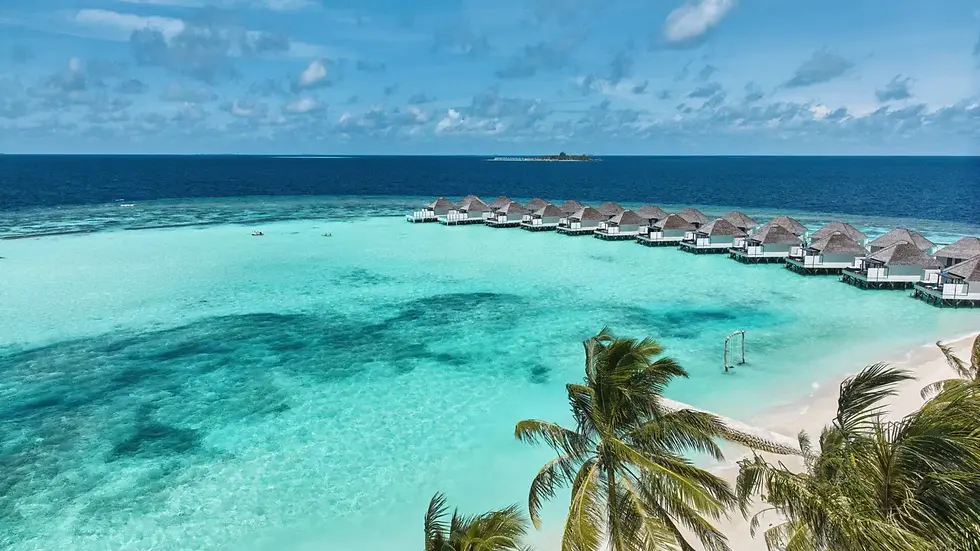Europe’s Tourist Overload Balancing Growth and Sustainability in Popular Cities
- SAURAV ANAND
- Oct 16, 2024
- 3 min read

As travel enthusiasts embark on their European tours, many iconic cities are experiencing an unprecedented surge in visitors. This phenomenon, often referred to as mass tourism, has led to significant challenges for local communities, economies, and environments. The pressure on these destinations is mounting, making it crucial to find ways to balance growth and sustainability. In this article, we will explore how popular European cities are managing this tourist overload while still providing memorable experiences for travelers.
The Impact of Mass Tourism
With the rise of European tour packages that focus on must-see attractions, cities like Paris, Venice, and Barcelona have become synonymous with overcrowding. This influx of tourists has several effects:
Strain on Infrastructure: Increased foot traffic can overwhelm public transport systems, leading to longer wait times and a diminished experience for both locals and tourists.
Environmental Concerns: Popular tourist sites often suffer from environmental degradation, with natural and historical sites facing erosion and wear from constant visitor activity.
Cultural Dilution: As cities cater to tourists, there’s a risk of losing local culture and authenticity. Shops and restaurants may shift their focus to tourist-friendly offerings, sidelining traditional experiences.
Economic Imbalance: While tourism can boost local economies, an overreliance on it can make cities vulnerable to fluctuations in visitor numbers, especially in times of crisis, such as a pandemic.
Strategies for Sustainable Tourism
To combat these challenges, many cities are implementing strategies to balance growth and sustainability during European tours. Here are some innovative approaches being adopted:
Visitor Caps and Reservation Systems
Cities like Venice have introduced visitor caps to limit the number of tourists allowed in certain areas at peak times. This system requires tourists to book reservations, helping to manage crowd levels effectively.
Promoting Off-Peak Travel
Tour operators are increasingly offering Europe tour packages that encourage travel during the off-peak seasons. This approach not only spreads tourist traffic throughout the year but also allows visitors to enjoy a more authentic experience with fewer crowds.
Sustainable Transportation
Many European cities are investing in sustainable transportation options, such as electric buses and bike-sharing programs. Encouraging visitors to use these modes of transport can reduce congestion and pollution while promoting eco-friendly travel.
Community Engagement
Local governments are working with residents and businesses to ensure that tourism development aligns with community needs. Engaging locals in decision-making helps preserve cultural heritage and ensures that tourism benefits the community as a whole.
Environmental Initiatives
Several cities are focusing on eco-friendly practices, such as waste reduction and green spaces, to mitigate the environmental impact of tourism. For instance, Barcelona is investing in parks and green areas to enhance urban biodiversity and improve residents’ quality of life.
Benefits of Sustainable Tourism
Sustainable tourism practices benefit not only the cities but also travelers. Here’s how:
Enhanced Experience: With fewer crowds, tourists can enjoy a more authentic and enjoyable experience while exploring cultural sites and interacting with locals.
Cultural Preservation: Sustainable practices help maintain local traditions and culture, offering visitors a richer understanding of the destination.
Long-term Viability: By focusing on sustainability, cities can ensure that they remain viable and attractive destinations for future generations of travelers.
What is mass tourism, and why is it a problem for European cities?
Mass tourism refers to the large-scale movement of tourists to popular destinations, often leading to overcrowding, infrastructure strain, environmental degradation, and cultural dilution.
How can I contribute to sustainable tourism during my European tour?
Travelers can contribute by choosing eco-friendly transportation, respecting local cultures, visiting lesser-known attractions, and traveling during off-peak seasons.
Are there specific Europe tour packages focused on sustainability?
Yes, many tour operators offer packages that emphasize sustainable travel, including eco-friendly accommodations, local experiences, and tours that support conservation efforts.
How do cities manage tourist numbers during peak seasons?
Cities may implement reservation systems, visitor caps, or encourage off-peak travel to manage tourist numbers effectively and minimize overcrowding.
What are some lesser-known destinations in Europe to avoid mass tourism?
Some lesser-known but beautiful destinations include cities like Porto (Portugal), Ljubljana (Slovenia), and Ghent (Belgium), which offer rich cultural experiences without the crowds.
By understanding the impact of mass tourism and the importance of sustainability, travelers can enjoy their European tour while helping to preserve the beauty and culture of these iconic cities for future generations.
Conclusion
As tourism continues to grow in popularity, balancing this influx with sustainability is essential for European cities. Through innovative strategies and community engagement, popular destinations can manage tourist overload while providing enriching experiences for visitors. By embracing sustainable tourism practices, cities not only protect their unique cultural and natural heritage but also ensure that they remain vibrant, thriving places for locals and tourists alike.



Comments